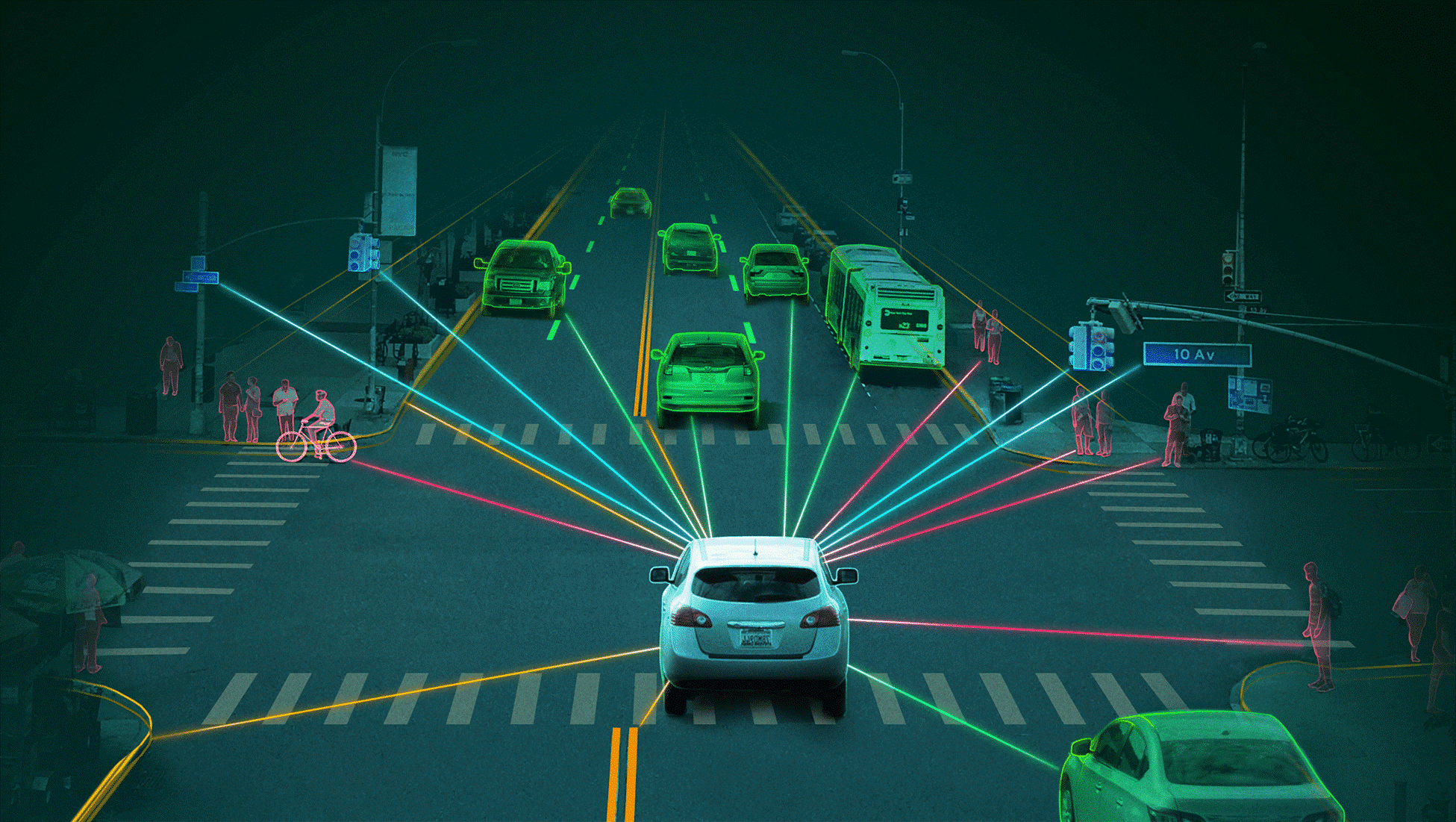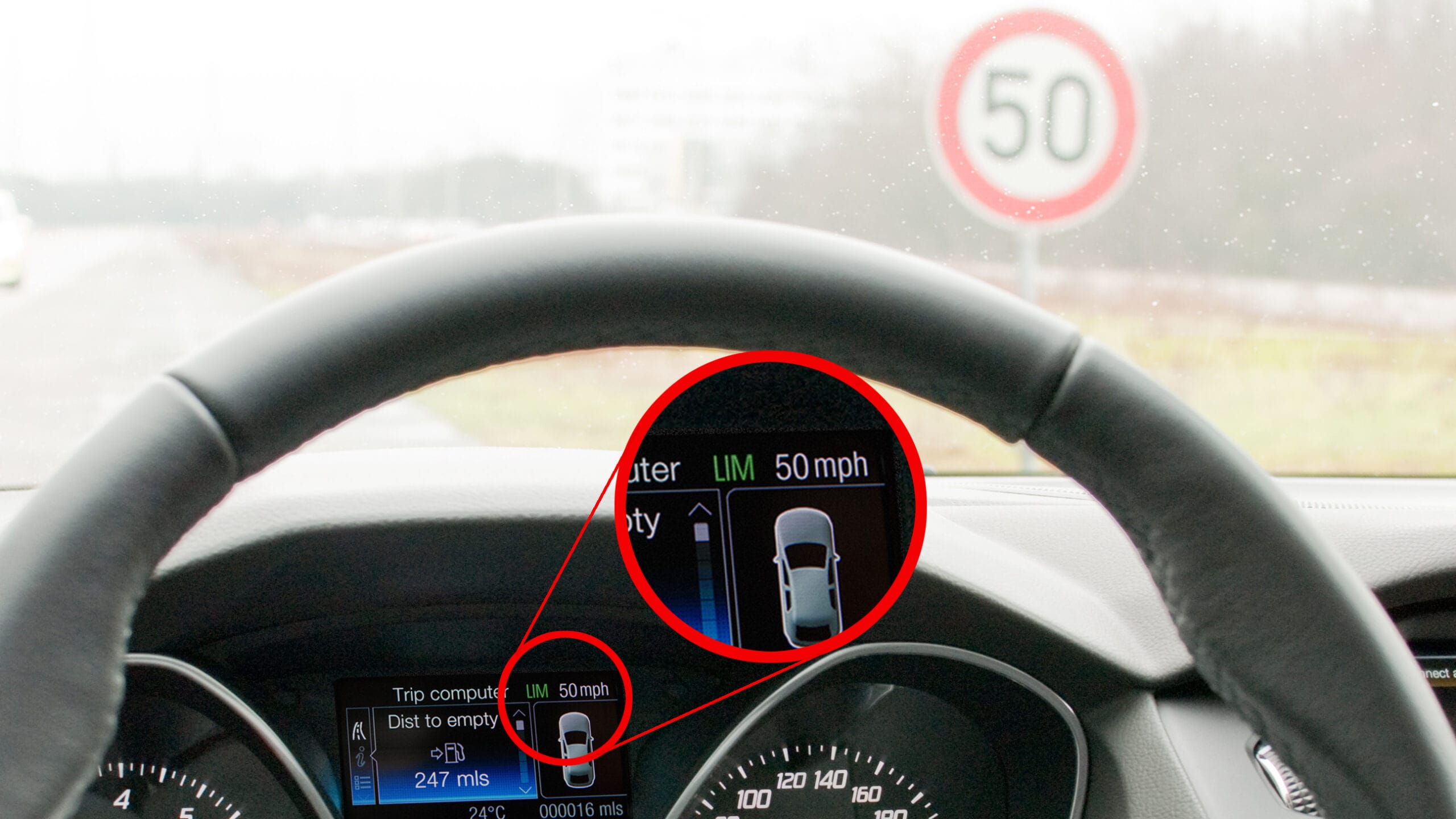What is Self Driving Vehicle?
A self-driving car, also known as an autonomous car, driverless car, or robotic car, is a vehicle capable of navigating and driving itself without human intervention. These cars use a combination of sensors, cameras, radar, and Artificial Intelligence (AI) to perceive their surroundings and make driving decisions. Self-driving cars are designed to handle all driving tasks, including perceiving the environment, monitoring important systems, and controlling the vehicle to navigate from one location to another.
The Evolution of Self-Driving Cars
-Early Concepts and Prototypes
- 1920s-1950s: The idea of autonomous vehicles dates back to the early 20th century, with various inventors and engineers envisioning cars that could drive themselves. Early prototypes were often guided by wires embedded in roads or radio-controlled systems.
- 1980s: The first significant strides were made with projects like the Mercedes-Benz and Bundeswehr University Munich’s autonomous van, which could navigate streets using cameras and sensors.

-The real turning point
- 2004-2007: The Defense Advanced Research Projects Agency (DARPA) Grand Challenges were pivotal in advancing self-driving technology. These competitions encouraged teams to develop autonomous vehicles capable of navigating difficult terrains. The 2005 challenge saw the first successful completion by Stanford University’s “Stanley.”

-Commercial Development
- 2010s: Major tech companies and automakers began investing heavily in self-driving technology. Google (now Waymo) launched its self-driving car project in 2009, achieving significant milestones in autonomous driving.

–Current State and Future Prospects–
- 2020s: Companies like Waymo, Tesla, Uber, and traditional automakers are conducting extensive testing and pilot programs. Autonomous vehicles are being integrated into ride-sharing services, delivery fleets, and public transportation.
- Future: The next decade is expected to see broader adoption of self-driving cars, with advancements in technology, regulatory frameworks, and public acceptance paving the way for fully autonomous vehicles.
Technology Behind the Wheel
–
Sensors
Self-driving cars are equipped with a variety of sensors to perceive their environment:
- LiDAR (Light Detection and Ranging): Uses laser beams to create a detailed 3D map of the surroundings.
- Radar: Detects objects and measures their speed and distance, functioning well in various weather conditions.
- Cameras: Capture visual information to identify objects like traffic lights, road signs, and pedestrians.
- Ultrasonic Sensors: Used for close-range detection, such as parking and detecting obstacles near the vehicles.

-Sensor Fusion
The data from all these sensors is combined through a process called sensor fusion. This integration helps create a comprehensive and accurate understanding of the vehicle’s environment by merging different types of data.
-Localization and Mapping
Self-driving cars use high-definition maps and GPS to determine their precise location. This process is refined with real-time sensor data to ensure accurate positioning. Techniques like Simultaneous Localization and Mapping (SLAM) are often used to update maps and track the vehicle’s location.
-Path Planning
The vehicle’s AI system plans the optimal path to reach its destination. This involves:
- Route Planning: Determining the best route based on current traffic conditions, road closures, and other factors.
- Trajectory Planning: Calculating the exact path the vehicle should follow, including speed and direction adjustments.

-Decision Making
The AI system makes real-time decisions based on the processed data. This includes:
- Obstacle Avoidance: Detecting and navigating around obstacles such as pedestrians, other vehicles, and road debris.
- Traffic Rules Compliance: Following traffic signals, stop signs, and speed limits.
- Adaptive Cruise Control: Maintaining a safe distance from the vehicle ahead and adjusting speed as necessary.

-Control Systems
The vehicle’s control systems execute the driving commands. This involves:
- Steering: Adjusting the direction of the wheels to follow the planned path.
- Acceleration and Braking: Controlling the speed of the vehicle to ensure smooth and safe driving.

-Machine Learning and AI
Self-driving cars use machine learning algorithms to improve their performance over time. These algorithms analyze vast amounts of data from previous trips to learn and adapt to new situations. This continuous learning process helps the vehicle handle complex driving scenarios more effectively.
-Redundancy and Safety
To ensure safety, self-driving cars have multiple layers of redundancy. This means that if one system fails, others can take over to maintain safe operation. For example, if a camera fails, the LiDAR and radar systems can still provide necessary data for navigation.
-Communication
Some self-driving cars are equipped with Vehicle-to-Everything (V2X) communication technology. This allows them to communicate with other vehicles, traffic signals, and infrastructure to enhance safety and efficiency.
Benefits of Autonomous Cars
-Increased Safety
- Reduction in Accidents: Autonomous vehicles can significantly reduce traffic accidents caused by human error, which accounts for about 94% of all crashes. This could potentially save thousands of lives each year.
- Consistent Driving: AVs follow traffic rules consistently and are not prone to distractions, fatigue, or impaired driving.
-Reduced Traffic Congestion
- Efficient Traffic Flow: AVs can communicate with each other to optimize traffic flow, reducing stop-and-go waves and improving overall traffic efficiency.
- Adaptive Traffic Management: They can adjust their routes in real-time based on current traffic conditions, minimizing congestion.
– Environmental Benefits
- Lower Emissions: By reducing traffic congestion and optimizing driving patterns, AVs can lower fuel consumption and decrease greenhouse gas emissions.
- Electric Integration: Many autonomous vehicles are being developed as electric vehicles (EVs), further reducing their environmental impact.
– Increased Productivity
- Time Utilization: Passengers can use travel time for work, relaxation, or entertainment, increasing overall productivity.
- Reduced Commuting Stress: AVs can make commuting more comfortable and less stressful, improving quality of life.

– Economic Benefits
- Cost Savings: Reduced accidents can lead to lower insurance premiums and healthcare costs. Additionally, AVs can lower transportation costs for businesses and consumers.
- Job Creation: The development and maintenance of AV technology can create new job opportunities in various sectors.
– Better Land Use
- Reduced Parking Needs: AVs can drop passengers off and park themselves in less congested areas, freeing up valuable urban space for other uses.
- Urban Planning: Cities can be redesigned to be more pedestrian-friendly and less car-centric, improving overall urban living conditions.

– Contactless Delivery
- Efficiency: AVs can be used for contactless delivery of goods, enhancing efficiency and safety, especially in situations like pandemics.
– Improved Road Safety
- Predictive Maintenance: AVs can monitor their own systems and predict maintenance needs, reducing the likelihood of mechanical failures that could lead to accidents.
- Emergency Response: Autonomous vehicles can be programmed to automatically contact emergency services in the event of an accident, ensuring quicker response times.

– Enhanced Public Transportation
- Autonomous Buses and Shuttles: Self-driving buses and shuttles can provide efficient and reliable public transportation, reducing the need for personal vehicles and easing traffic congestion.
- First and Last Mile Connectivity: AVs can bridge the gap between public transportation hubs and final destinations, making public transit more accessible and convenient.
–Enhanced User Experience
- Personalized Travel: AVs can offer personalized travel experiences, adjusting settings like temperature, music, and seating preferences based on individual user profiles.
- Entertainment and Productivity: Passengers can enjoy in-car entertainment systems or use travel time for work, making journeys more enjoyable and productive.

-Tourism and Leisure
- Guided Tours: AVs can offer guided tours in cities and tourist destinations, providing informative and interactive experiences for travelers.
- Recreational Use: Autonomous vehicles can be used for recreational purposes, such as self-driving RVs for road trips, enhancing leisure activities.

Disadvantages of self driving car
-Ethical Dilemmas
- Decision Making in Crises: Autonomous vehicles must make split-second decisions in critical situations, such as choosing between two harmful outcomes. These ethical dilemmas are complex and controversial.
-High Costs
- Expensive Technology: The advanced sensors, computing power, and software required for self-driving cars make them expensive to produce and purchase.

-Job Losses
- Impact on Employment: The widespread adoption of autonomous vehicles could lead to significant job losses in driving-related professions, such as truck drivers, taxi drivers, and delivery personnel.
-Technical Challenges
- System Failures: Self-driving cars rely on complex software and hardware systems that can malfunction or fail, potentially leading to accidents.
- Weather Limitations: Adverse weather conditions, such as heavy rain or snow, can impair the sensors and cameras, reducing the vehicle’s ability to navigate safely.

-Privacy Concerns
- Data Collection: Autonomous vehicles collect vast amounts of data about their surroundings and passengers. This raises concerns about data privacy and how this information is used and protected.
-Cybersecurity Risks
- Hacking Vulnerabilities: Self-driving cars are susceptible to cyberattacks, which could potentially allow hackers to take control of the vehicle or access sensitive data.

-Infrastructure Requirements
- Upgrades Needed: The widespread use of autonomous vehicles may require significant upgrades to existing infrastructure, such as roads, traffic signals, and communication networks.
-Environmental Impact
- Energy Consumption: While AVs can reduce emissions, the increased use of electric vehicles may lead to higher electricity demand, potentially increasing reliance on non-renewable energy sources.
-Skill Atrophy
- Decreased Driving Skills: As people rely more on autonomous vehicles, their driving skills may deteriorate, making it difficult for them to take control in emergencies.
Self Driving Vehicle’s Companies
- Tesla: Tesla relies heavily on a data-driven approach, leveraging the extensive real-world data collected from its fleet of vehicles already on the road. This data is used to continuously refine its Full Self-Driving (FSD) system. Tesla’s approach allows for rapid deployment and continuous improvement through OTA updates. By avoiding LiDAR, Tesla reduces hardware costs, potentially making its technology more affordable.

- Waymo: Waymo, a subsidiary of Alphabet Inc. (Google’s parent company), focuses on a meticulous, data-rich approach, using a dedicated fleet of autonomous vehicles to gather data. Waymo’s use of LiDAR and annotated data provides high accuracy and reliability in detecting and interpreting the environment. Waymo’s cautious, incremental approach to testing and deployment enhances safety and reliability.

Conclusion
Tesla and Waymo represent two distinct visions for the future of autonomous driving. Tesla’s data-driven, vision-based approach aims for broad scalability and cost efficiency, while Waymo’s meticulous, sensor-rich strategy prioritizes precision and safety. Other players like Cruise, Aurora, and Argo AI are also making significant strides, each with their unique approaches and challenges. The future of autonomous vehicles will likely benefit from the innovations and lessons learned by all these companies.
Artical written by V.Harishram




















helloI really like your writing so a lot share we keep up a correspondence extra approximately your post on AOL I need an expert in this house to unravel my problem May be that is you Taking a look ahead to see you
My brother suggested I might like this website He was totally right This post actually made my day You cannt imagine just how much time I had spent for this information Thanks
Very very thanks. It’s very helpful for small artical writers like me . Please share this informative for other’s benifits . It’s also engrage me to write more. I suggest you to view more new posts from my web because It’s will be informative for you.
obviously like your website but you need to test the spelling on quite a few of your posts Several of them are rife with spelling problems and I to find it very troublesome to inform the reality on the other hand Ill certainly come back again
Thank for your feedback.